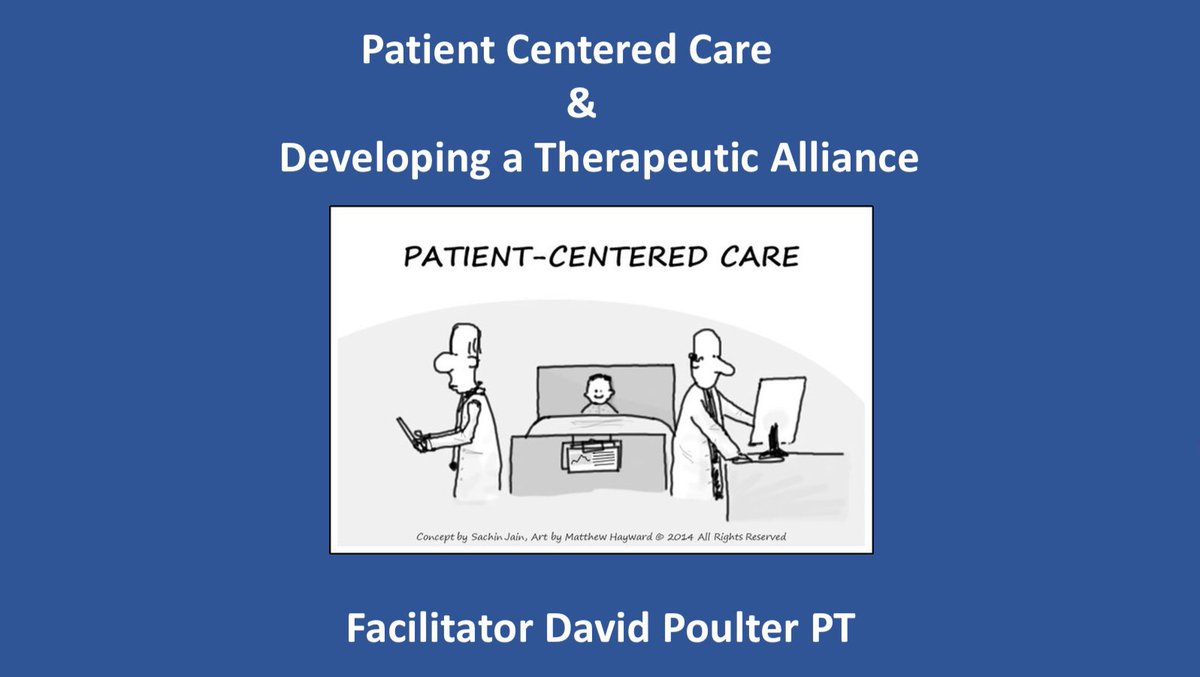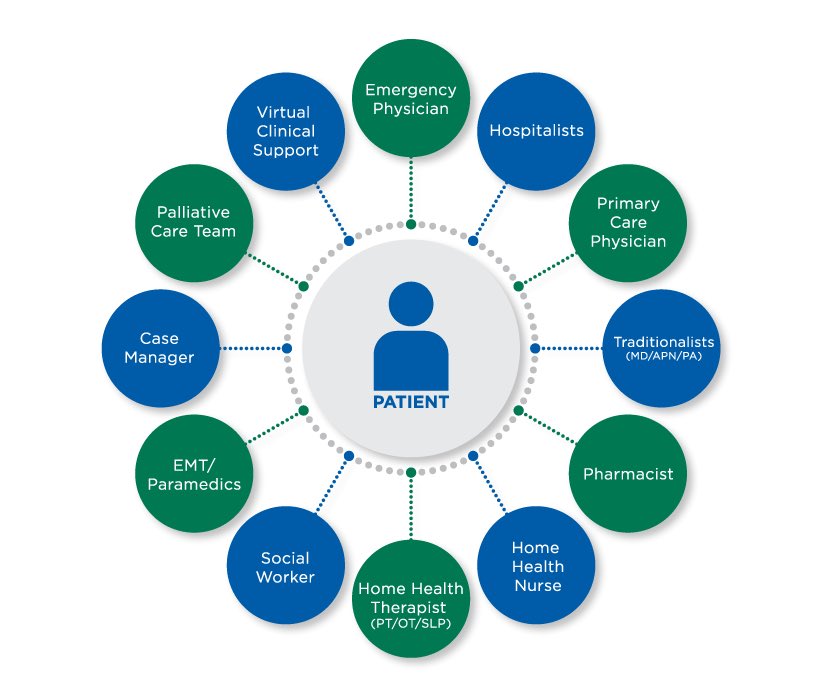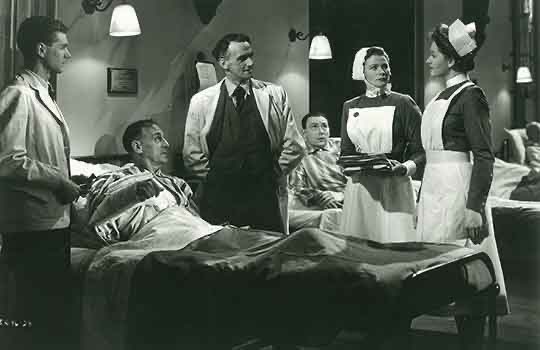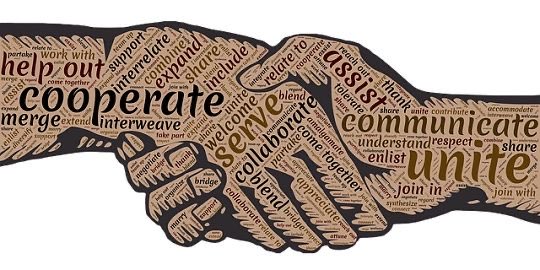Nice long walk in the rain to clear my head and came up with yes another bloody thread.
“Old man shouting at Patient (person) Centred (focused) Care, The Therapeutic Alliance, Shared Decision Making and Therapist Patient Synergy”
Enjoy the journey with me. (Therapeutic ramblings)
“Old man shouting at Patient (person) Centred (focused) Care, The Therapeutic Alliance, Shared Decision Making and Therapist Patient Synergy”
Enjoy the journey with me. (Therapeutic ramblings)
I gave a talk at the weekend on Patient centred care and developing a therapeutic alliance, one of the main proposals was mistaking “centre” for “middle”, this is a foible of the English language where Centre can mean both middle and “focal point”. I propose we “FOCUS” is better?
Why does this matter (maybe you think it’s just semantics) It matters because there is a difference in the intent between placing the patinet in the middle of a care team (MDT) that works together with the common goal of helping the patient (often with the patient absent)
The MDT often discusses the patient as a group in clinical rounds, each may have interacted with the patient individually, but the patient isn’t physically present at the rounds? I propose a patient (person) FOCUSED model is one where the clinician and team literally focus on..
And the team discusses the patient whilst they are present and includes the patient in the process. (Strangely enough a bit like the old ward hospital ward rounds, but actually including the patient in the process, not excluding them.
Outside of the MDT approach on an individual clinical encounter a patient (person) focused approach would mean that a therapeutic alliance would be formed. it is important to remember “alliance” means the two parties agree to work together towards a common goal.
It is also important to remember that alliances are often formed because the parties involved bring different skills, background, information and understanding that benefits both parties. This is the true essence of the clinical encounter relationship. Synergy of individuals.
It is also important to remember that despite sharing decisions, each party in the relationship may have different roles and are not necessarily “equals” in their contribution. A good example is the muscle synergy required to make a strong fist. Extensors normally antagonists
Work with the wrist flexors to stabilise the wrist and give a strong base for finger flexion grip strength. Without the wrist extensors contracting to stabilise the wrist the hand grip would be weak.
Thus the roles of the clinician and the patient (person) in a synergistic and therapeutic alliance may not be equal, and dare I say some of the information shared by the clinician may be “antagonistic” but based on experience, evidence and expertise.
Second half here https://twitter.com/retlouping/status/1380285181953630212">https://twitter.com/retloupin...

 Read on Twitter
Read on Twitter








